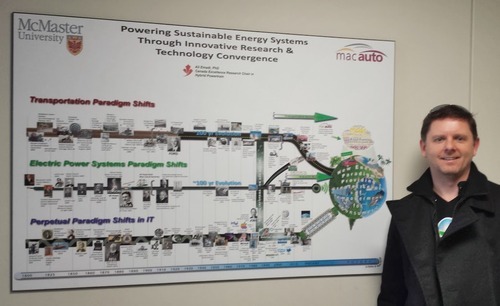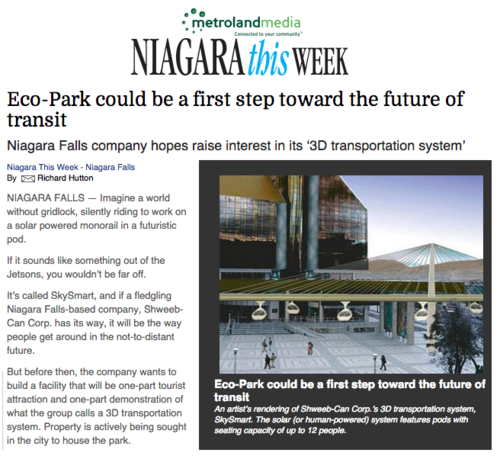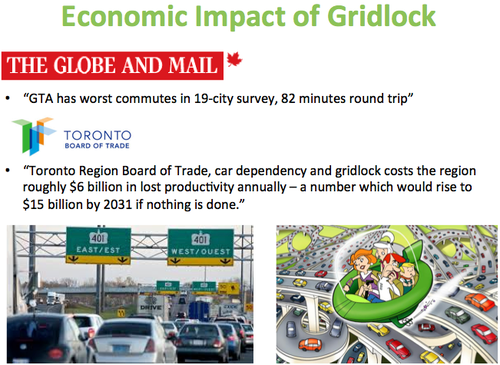When I worked at McMaster University’s Institute for Automotive Research & Technology (MacAUTO) as Director of Marketing & Communications, I was commissioned to research thousands of technological innovations in history and to design an infographic titled "Powering Sustainable Energy Systems Through Innovative Research & Technology Convergence". I loved the project as it employed some desktop publishing skills I picked up over the decades and it gave me a chance to collaborate with one of the world’s top electro-mechanical engineers and authors of several books Dr. Ali Emadi.
The high resolution version of the infographic I cannot distribute online (only in presentations) depicts the most game-changing technologies from 1800 to present in three paradigms: Transportation, Energy Power Systems & IT. This infographic I am proud to say is on display at the McMaster Automotive Resource Centre (MARC) in Hamilton, ON.

One of the many story lines that one notices in the infographic is that for the first time in history we are embarking on a period of massive technological convergence (1+1=3 synergy) that will change the world like never before. Reflecting now on this project that I spent several months on, I can say to you with confidence that SkySMART by Shweeb belongs on the next generation of the infographic and more importantly in cities around the world. SkySMART may prove to one of the most disruptive technologies to be introduced this generation with huge implications for mitigating climate change while spurring along the cleantech economy through infrastructure building projects. SkySMART is not just a transportation system but a energy producing system incorporating solar on top of the guideway and at stations a la Solar Roadways. The guideway can also be the conduit for unsightly overhead telephone wires, fibre optic cables and everything else that is costly to put underground or tends to be destroyed during the increasingly more common flooding events caused by climate change.
If you look at the Danes, the Dutch and other cycling based societies, you see tremendous mental, physical and economic benefits directly associated with active lifestyles. Just ditching your car and starting to cycle to work is not the whole answer however, because bicycles take up a lot of surface level space and North American cities weren’t built for bike lanes. In Japan, they have resulted to building huge underground bicycle vending carousels (Eco Cycle) that swallow up and spit out bikes as an alternative to inefficient bike racks everywhere.
SkySMART is better, because it is a 3D cycling-based monorail transit solution (up to 4 guideways 80 ft high) using wasted air space above boulevards, streets and sidewalks. SkySMART is envisioned to be a national public utility and employs gamification to incentivize people to pedal. Those that pedal pay less AND travel 10 kph faster! Our research studies show the system can move up to 10,000 people per hour using clean renewable energies for creature comforts inside each fully teched-out two, five or twelve person pod variation. SkySMART is an on demand service too, so no waiting— it leaves when you arrive! SkySMART also nicely complements other forms of mass transit.

The media loves the Shweeb SkySMART story and rightfully so for all of the above reasons and because it is so cool and Jetsons-like. Whizzing over gridlocked traffic is a dream we all have had for generations, but now it is finally possible due in part to Google Robocar (driveless car) technology and other advancements with renewable energy and battery technologies.

With the lost productivity numbers of $6 Billion per year due to gridlock in the Greater Toronto Area alone it is clear we need better transit. One of the tastiest bits of the SkySMART by Shweeb technology, is that it is powered by renewables and human pedal power reducing the operational costs dramatically compared to other forms of transit.
Benefits of SkySMART by Shweeb
• Significant public health care cost savings
• Emissions free travel lowers GHG output
• Up to 30% less capital intensive than other transit systems
• Creates local green jobs
• Uses locally produced electricity & human power
• Fun to use
• Reduces stress and anxiety for commuters
• Saves consumers money vs paying for gas/ parking
• Requires less maintenance than other forms of transit
• 90%+ based on proven technology
• Provides a unique green investment opportunity with an excellent ROI
Everywhere I go know I see places where SkySMART guideway systems should run, to help us put an end to the madness created by increased urbanization, growing populations and perpetual increase in the overall pace of our unsustainable societal structure. The next time you see a boulevard in between streets, think about how this space could be better used with a 3D transit system getting people from malls to transit stations or from urban centres to airports. The possibilities are endless and the technology is 90% off the shelf. All that is needed now is investors, so we can build it!
You can help today by contributing to the SkySMART by Shweeb Indiegogo campaign.
Shweeb-Can Corporation website: www.shweeb-can.com
For blog posts by Stephen Bieda go to http://sbieda.tumblr.com/.
Shweeb-Can Corporation website: www.shweeb-can.com
For blog posts by Stephen Bieda go to http://sbieda.tumblr.com/.





